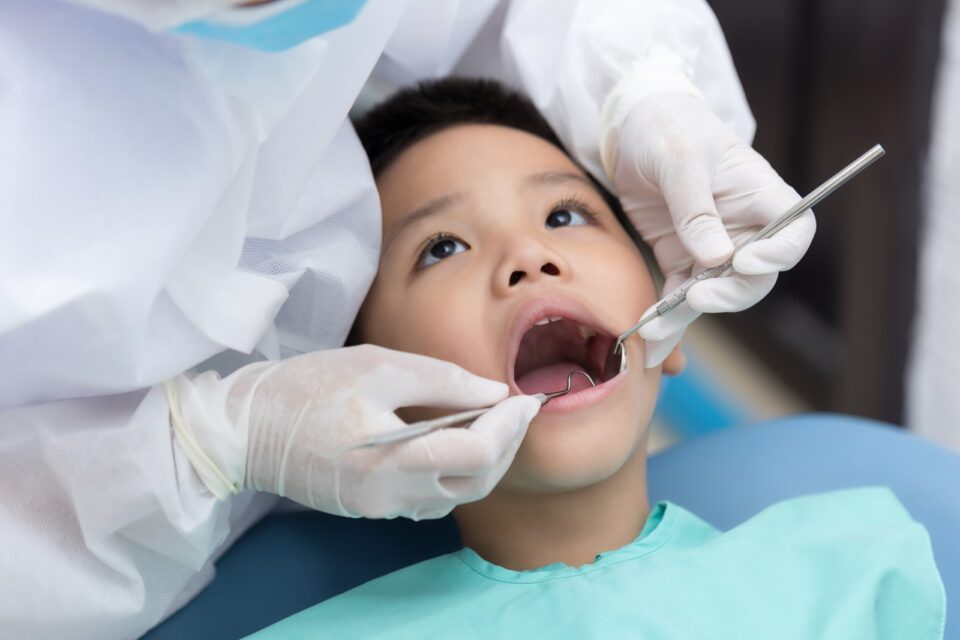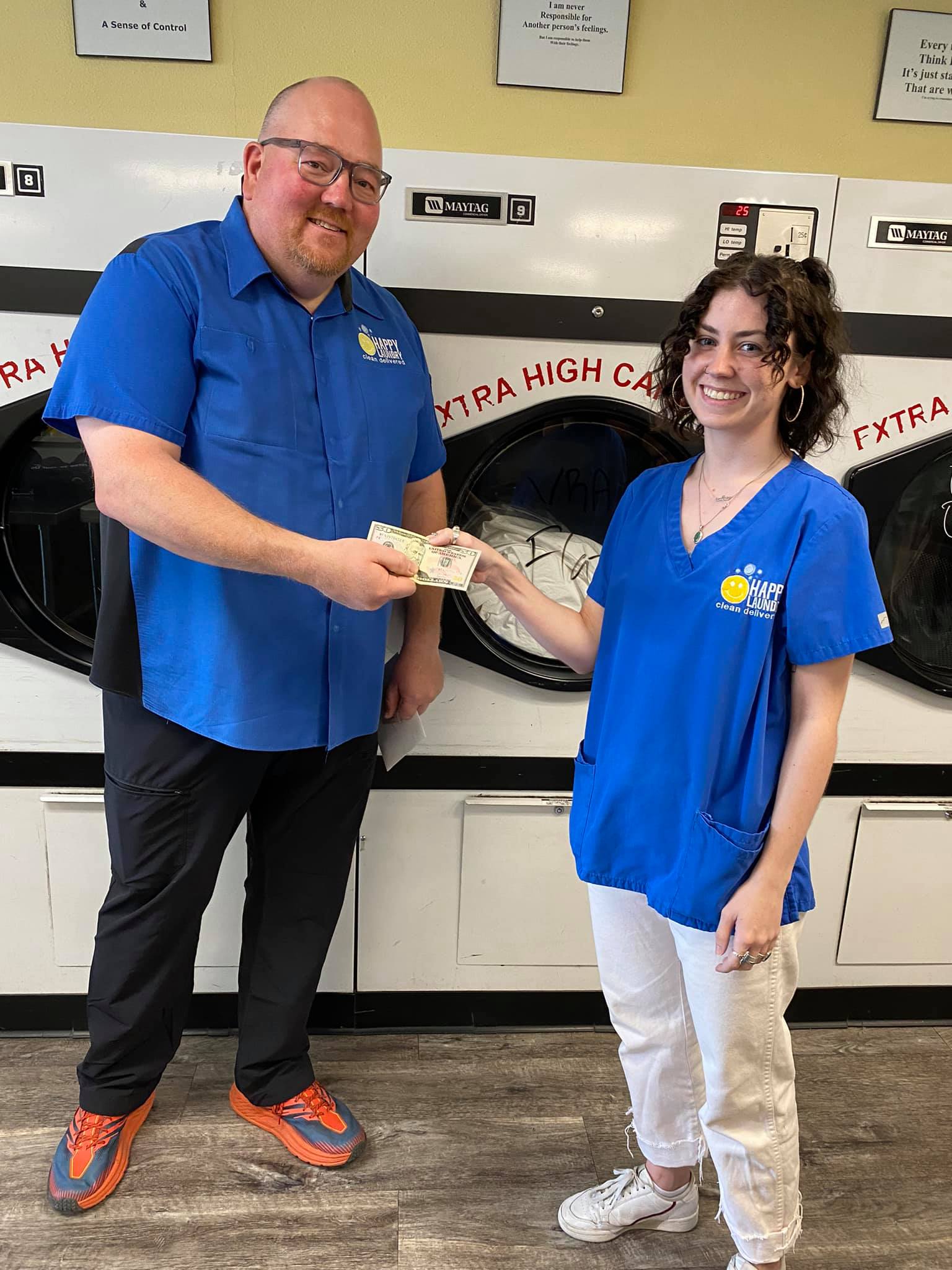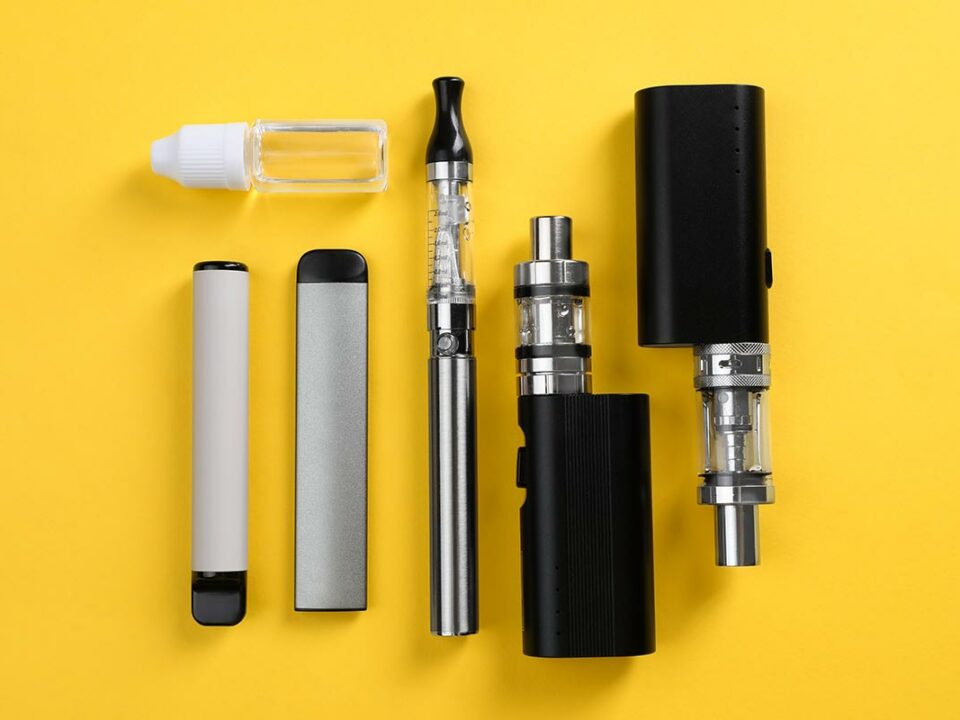Unlocking Tomorrow’s Treatments Today
In the realm of modern medicine, few breakthroughs have been as promising as saving teeth for stem cells. As research accelerates into regenerative therapies, dental stem cells are quickly becoming central to shaping the future of how we treat, heal, and restore the body. Once discarded without a second thought, teeth now hold the potential to transform healthcare for generations to come.
The Science Behind Dental Stem Cells
Teeth—particularly baby teeth and wisdom teeth—contain rich supplies of mesenchymal stem cells (MSCs), which can develop into various tissue types such as bone, nerve, cartilage, and fat. This versatility is exactly what makes saving teeth for stem cells so powerful. As scientists explore these cells’ full capabilities, new treatment avenues are opening that could change the way we approach chronic illnesses and injuries.
A Key Role in Regenerative Medicine
Stem cell therapies aim to repair or replace damaged tissues at the cellular level. Saving teeth for stem cells allows individuals to store their own genetically matched stem cells, which can later be used in treatments for conditions like:
- Spinal cord injuries
- Parkinson’s disease
- Heart conditions
- Bone and joint injuries
- Type 1 diabetes
What was once limited to theory is now entering real-world clinical trials, fueled in part by the availability of stem cells from dental sources.
Advancing Personalized Treatment Plans
Personalized medicine is the future, and stem cells are a critical part of that shift. Saving teeth for stem cells offers individuals the chance to bank their own biological material, which can be used in therapies uniquely tailored to their genetic makeup. Whether it’s growing tissues, repairing organs, or customizing immune therapies, the applications are growing rapidly.
Broadening Research Horizons
Institutions and researchers around the world are leveraging stem cells to explore new therapeutic techniques. As demand for safe, reliable sources of MSCs grows, dental stem cells offer an ideal solution. By saving teeth for stem cells, individuals are contributing to a growing supply of medical-grade material for clinical and research use—fueling advancements that may one day save lives.
Future Therapies in Development
From regenerative dentistry and neurology to oncology and cardiology, stem cell applications are being tested across dozens of medical fields. Saving teeth for stem cells now could mean benefiting from groundbreaking treatments years down the road. Some of the most exciting areas include:
- Bioengineered tissues and organs
- Stem cell injections for heart repair
- Cellular therapies for neurodegenerative diseases
- Immune modulation for autoimmune conditions
The future isn’t far off—it’s already in development.
Simple Process, Lasting Impact
What makes saving teeth for stem cells even more remarkable is how easy it is. The process aligns with natural tooth loss or routine dental extractions, like wisdom teeth. Collection is non-invasive, and providers like StemSave ensure cells are safely harvested and cryopreserved for decades of use. The simplicity of this process contrasts with the profound medical possibilities it unlocks.
Creating Generational Health Security
As medicine becomes increasingly proactive and preventive, storing stem cells offers a way to future-proof health—not only for the individual but potentially for their family. Cells saved today could serve future therapies for siblings or even future children, depending on compatibility. Saving teeth for stem cells is an investment not just in one life, but in generational well-being.
Bridging Today’s Decisions and Tomorrow’s Cures
Choosing to bank stem cells from teeth represents a bridge between present decisions and future treatment possibilities. It’s a commitment to staying at the forefront of medical advancement, ensuring access to some of the most advanced tools for healing as they become available.
Conclusion
The role of stem cells in emerging medical therapies is undeniable, and dental stem cells are at the forefront of that revolution. By saving teeth for stem cells, individuals are not only securing access to future treatment options but also supporting the global shift toward regenerative, personalized healthcare. The teeth we lose today could unlock the healing of tomorrow.










Leave a Reply